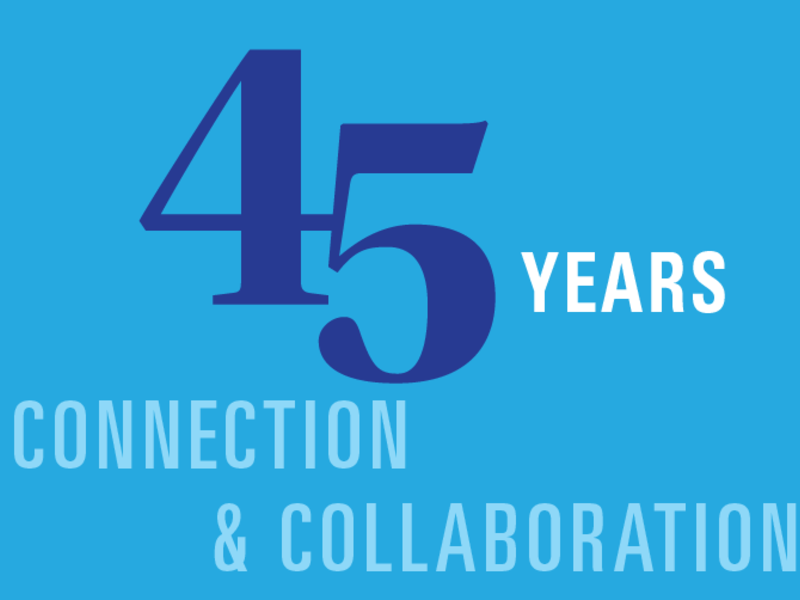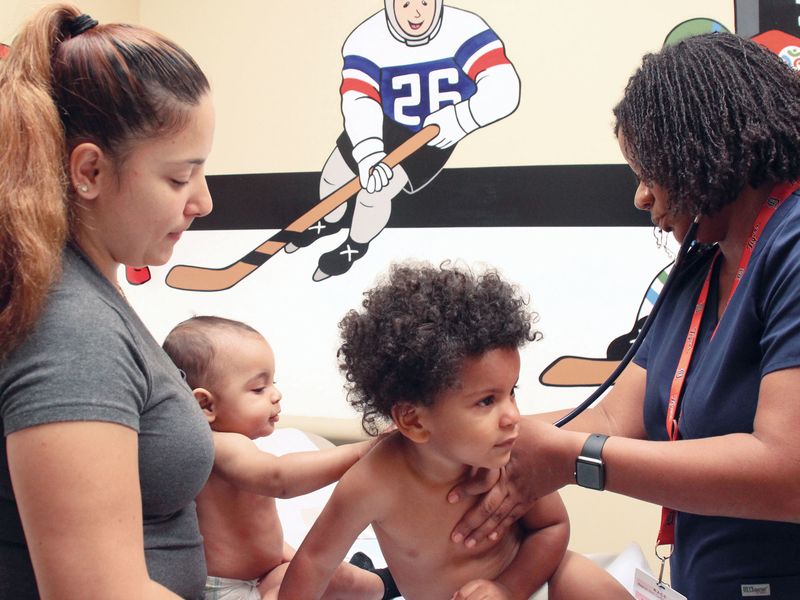Modern Healthcare 
In the 45th anniversary issue of Modern Healthcare, our coverage examines reports on the importance of remaining connected to patients, to each other in the industry, to your staff, to the larger community and the globe.
 Healthcare workers are humans first, employees second
Healthcare workers are humans first, employees second
Health systems often respond to trauma with initiatives to improve communication across their workforce. But it’s difficult to justify the return on investment on these programs, which can limit their longevity and impact. Healthcare leaders say that the pandemic has more than justified the sustained investment in employee wellness programs, but only time will tell. Read more here. –Alex Kacik
 KAISER PERMANENTE
KAISER PERMANENTE
Kaiser Permanente’s virtual power purchase agreements allow the system to pay a set amount for renewable energy through four projects and reap savings. One of the projects is the Golden Hills Wind Farm in Altamont Pass, Calif.
Healthcare still looks inward to fund sustainability projects
The climate crisis has forced cross-industry innovation and collaboration. Private companies and public entities have devised myriad ways to fund energy efficiency projects in commercial buildings, universities, multifamily residential buildings and hospitals. But they often involve doing things hospital chief financial officers aren’t comfortable with: raising the debt load—which could threaten their bond rating—assuming risk, and sharing profits with a third party. Read more here. –Tara Bannow
Healthcare spending trends since 1976
 COMMUNITY HEALTH CENTERS
COMMUNITY HEALTH CENTERS
Pediatric care is one of the services provided by Community Health Centers in Orlando, Fla. The organization is part of a collaboration opening the new Heart of West Lakes Wellness Center in a low-income Orlando neighborhood.
Achieving greater cultural competency by respecting patients’ identities
A growing number of healthcare providers, including the PRIDE Health Network, have established programs designed to better connect them to vulnerable patients in underserved communities by providing comprehensive primary-care services targeted to their specific needs.
Previous community outreach initiatives have heavily focused on bringing healthcare services closer to where patients work and live. While this strategy has increased access, newer approaches seek to build on those efforts by incorporating communities’ cultures to inform how to best deliver care. Read more here. –Steven Ross Johnson
Q&A: Cost as a driver for collaboration
 INTERMOUNTAIN HEALTHCARE
INTERMOUNTAIN HEALTHCARE
Clinical Staff at Intermountain Healthcare use telehealth to bring specialists from afar into patient visits.
Interoperability, social determinants challenges linger
Healthcare executives are planning for a future that revolves around delivering care to patients where they are in their daily lives, rather than expecting patients to visit a clinic or a physician’s office. But while the technology might be there, a host of challenges still stand in the way of this vision becoming mainstream. Read more here. –Jessica Kim Cohen
These 45 leaders exemplify collaboration created in service to the patient
 GETTY IMAGES Still working to bring more value to relationships
GETTY IMAGES Still working to bring more value to relationships
For all the talk about a future of only paying for healthcare using value-based models, the tried-and-true fee-for-service reimbursement system is still the main way that most providers are paid. Read more here. –Lisa Gillespie
Poll: What role does collaboration play in professional lives?
Source link : https://www.modernhealthcare.com/providers/highlights-modern-healthcare-45th-anniversary-magazine-list











